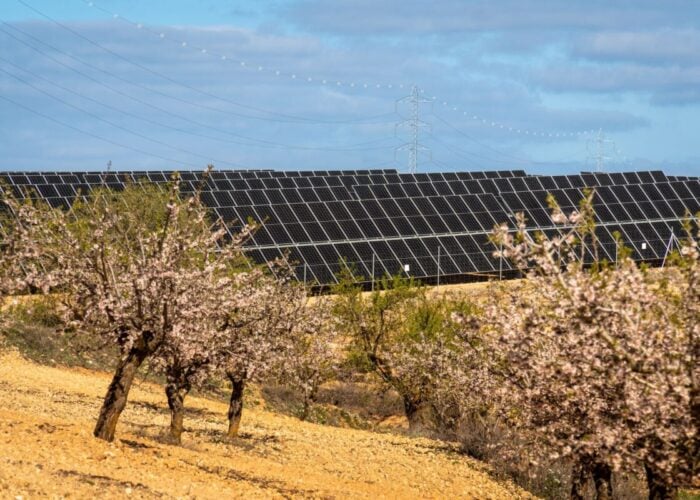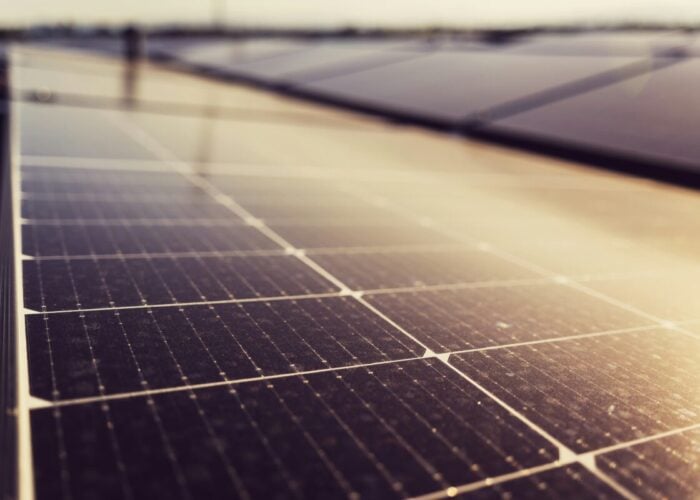Kenya’s solar feed-in tariff is insufficient for projects to be viable and should be entirely reviewed, according to the head of a company looking to develop large-scale PV plants in the country.
Speaking at Solar & Off-Grid Renewables Africa in Nairobi yesterday, Khilna Dodhia, chief executive of Kenergy Renewables, said that at US$0.12 per kilowatt-hour Kenya’s solar FiT would only offer investors only “nominal” returns.
Try Premium for just $1
- Full premium access for the first month at only $1
- Converts to an annual rate after 30 days unless cancelled
- Cancel anytime during the trial period
Premium Benefits
- Expert industry analysis and interviews
- Digital access to PV Tech Power journal
- Exclusive event discounts
Or get the full Premium subscription right away
Or continue reading this article for free
Earlier this week, it emerged that the pipeline of PV projects that have received initial approval to be considered under Kenya’s FiT programme had reached 750MW over 25 separate projects.
Kenergy has two projects each of 40MW under consideration within this pipeline, but Dodhia said that, as things stand, “the financials don’t work”.
“No matter who tells you we can make it work, given the policies as they stand right now…that doesn’t cover the full operational costs of the project.”
Dodhia highlighted the fact that of the US$0.12 FiT rate, only 12% is indexed, meaning that the FiT-generated revenue from a PV plant will not increase over time at the same rate as the operational costs of the project do with inflation.
“Your costs are going up, but the tariff isn’t,” Dodhia said. “So the big issue here is nominal equity returns – we’re looking at returns of 10% [at this FiT rate]. Would any investors be interested in project financing at 10% [return]?”
Dodhia said that at the very least, the government should look again at the indexed proportion of the FiT: “Why not increase the indexation? This is very logical – the indexation is set to match the costs you incur that increase. Let’s look at the costs and look at what’s happening in Sub-Saharan Africa, let’s look at the numbers and base the policies on that.”
But she also called for wider review of the FiT. The US$0.12 FiT rate is based on a so-called ‘long-run marginal cost’ of electricity as identified in Kenya’s Least Cost Power Development Plan published in late 2012.
Dodhia said: “I guarantee you that if you review that plan, then you run the numbers on the long-run marginal cost, it’s no longer going to be US$0.12. So this does need to be reviewed, because solar is competitive; we’re competitive with thermal plants, so let’s bring in solar and make it a mainstream source of power.”
Dodhia said other challenges facing developers looking to build large-scale renewable energy projects in Kenya were land availability and tax.
With land, Dodhia said there was a lack of clarity over which bodies – Kenya’s Ministry of Land, National Land Commission (NLC) or the newly devolved county governments – had ultimate responsibility for land governance.
“This means a lot of work doesn’t get done, because no one knows who’s in control, who’s allowed to give you land rights, land titles etc,” Dodhia said. “This is where we do need help from the government – we need those roles to be clarified, we need the NLC to be empowered so we can start to get leases through.”
On tax, apart from very high VAT rates in Kenya, Dodhia said another problem was the short allowance period of the so-called investment deduction allowance. This allows, for example, energy infrastructure developers to offset 100% to 150% of their up-front capital expenditure on a project against tax – but only for four years.
“If you think about renewables, there are huge upfront costs, but revenues are pretty much fixed every year; in four years you’re not going to recuperate [those costs], your revenues are too small to maximise the use of tax allowance. So here what we need optimally is a 10 to 10.5-year allowance,” Dodhia said.
She concluded by saying that none of these issues was “insurmountable”.
“Where we need help from government is for everyone to work together – we need the Treasury to work with the Ministry of Energy, together with the Ministry of Land.”
Speaking for Kenya’s Ministry of Energy, Dickson Murira, a senior economist in the ministry's renewable energy team, said the government was keen to negotiate with potential PV investors.
“What we need is more dialogue, for investors to tell us where they are feeling the pinch,” he said. “I’ve been working in the government for some time, and this is a government that listens. If we can talk to each other, I think we can get a solution, because with solar, we want investment to come.”
Solar & Off-Grid Renewables Africa 2014 was organised by PV Tech’s publisher, Solar Media.






